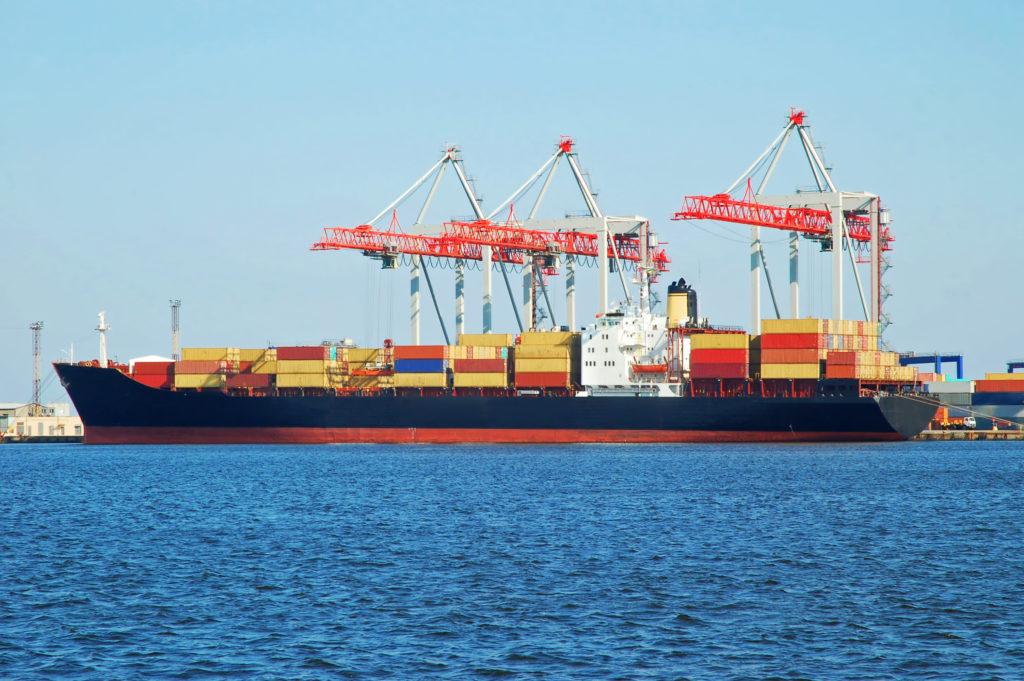Spot Rates Soar as COVID-19 Congests Maritime Logistics

Container spot rates out of Asia climbed to impressive heights by the end of 2020 as a result of the global COVID-19 pandemic. Record setting rate increases have set new high-water marks on several of the world’s busiest maritime routes.
Year over year rates have climbed virtually across the board. Most ocean shipping routes have experienced robust cost growth in the wake of the COVID-19. According to the Shanghai Containerized Freight Index, overall rates saw a historic gain of 190 percent as of December 31, 2020.
Spot Rates Grow Across Multiple Ocean Routes
Per the report, rate surges on a variety of routes spurred on the global rate increase.
- Asia-West Coast rates rose 180 percent.
- Asia-East Coast rates grew 86 percent.
- Asia-North Europe rates increased 300 percent.
- Asia-Mediterranean rates climbed 266 percent.
According to the Journal of Commerce, these are the highest spot rates ever reported by the Shanghai Containerized Freight Index. Carriers have also implemented premium service fees that can raise costs far higher than spot rates. If these fees are not paid, carriers will often not accept bookings.
Challenges, Opportunities, and Measures
A myriad of circumstances has contributed to these towering rates. The global COVID-19 pandemic started a domino effect of limited container availability at Chinese ports, congested U.S. ports, and a shortage of both drivers and chassis.
There are a few consequences to consider around growing shipping rates. Tight capacity has motivated many carriers to order new vessels. According to FreightWaves, container-ship orders jumped significantly in 2020. The current global container fleet capacity sits around 23 million TEUs, according to a 2019 Alphaliner study. By the end of the 2020, carriers ordered enough ships to expand global capacity by 1 million additional TEUs.
As high volume and prices continue, U.S. ports are turning to drastic measures. According to The Loadstar, the Ports of Los Angeles and Long Beach are considering congestion surcharges.
The rapid rise of maritime rates is just a single symptom of a greater global logistics challenge. Ports worldwide are contending with high volume, record delays, and the hazards of working through an ongoing pandemic. We do not expect to see a significant rates reprieve until late in 2021 when supply chains may have a chance to settle down.
The financial impacts of the past year’s supply chain hardships are developing continuously. Scarbrough International is tracking these developments and will provide further updates when they are available.

